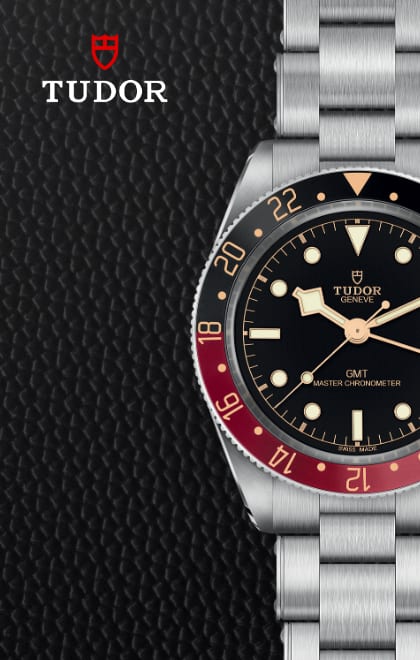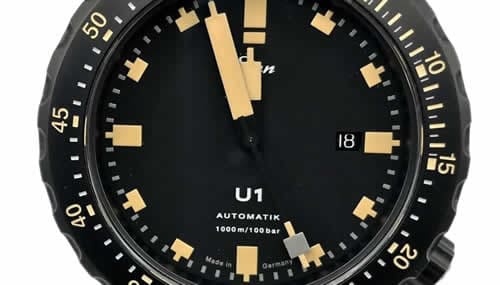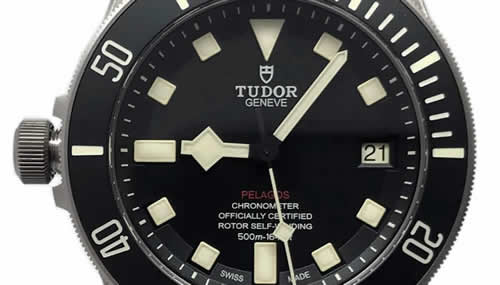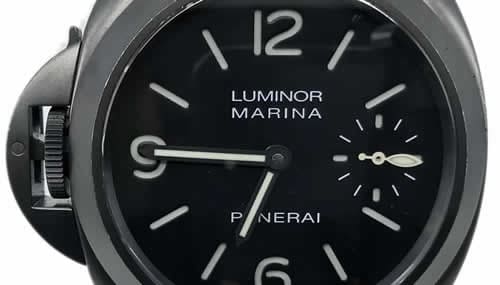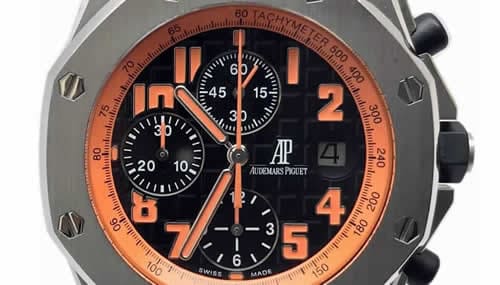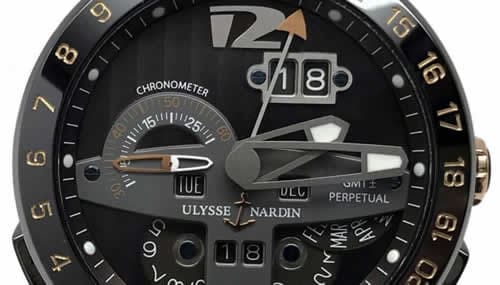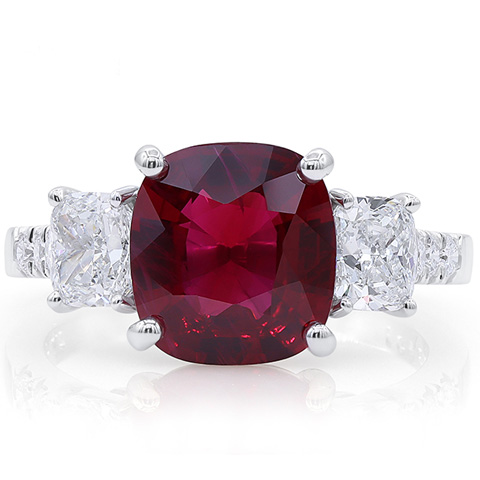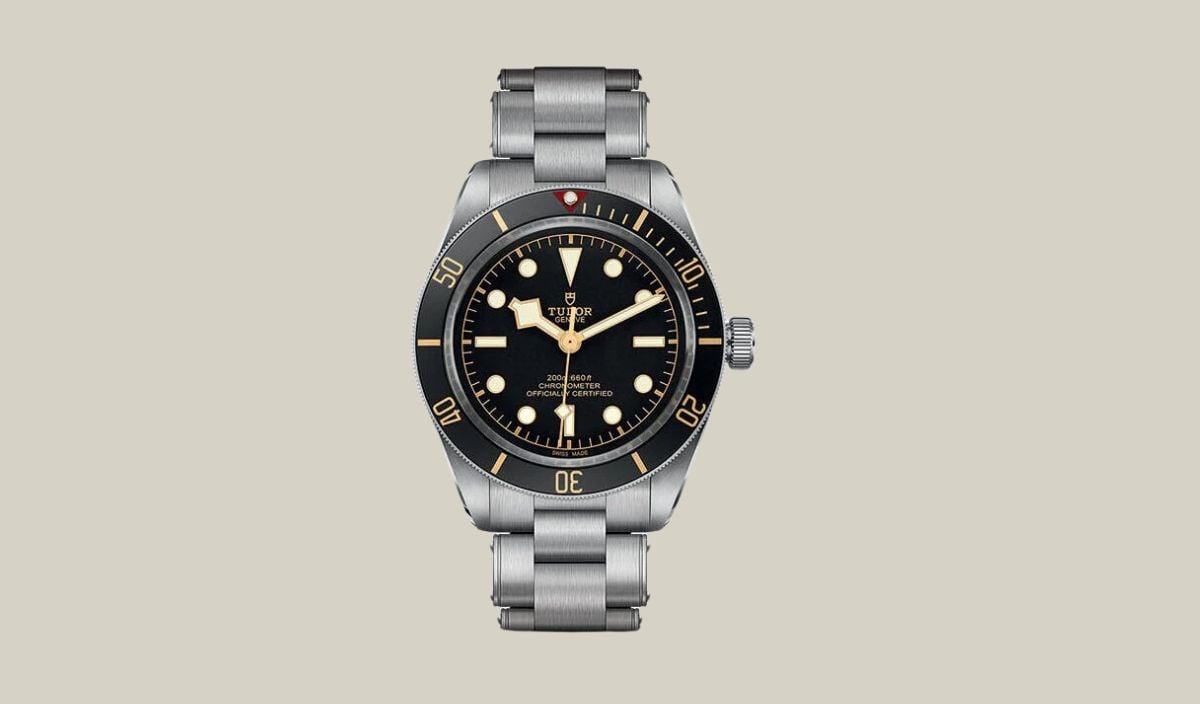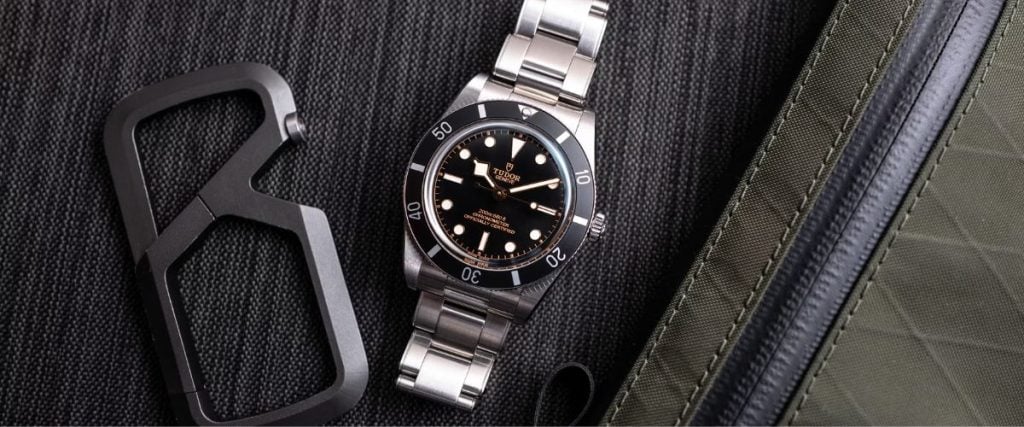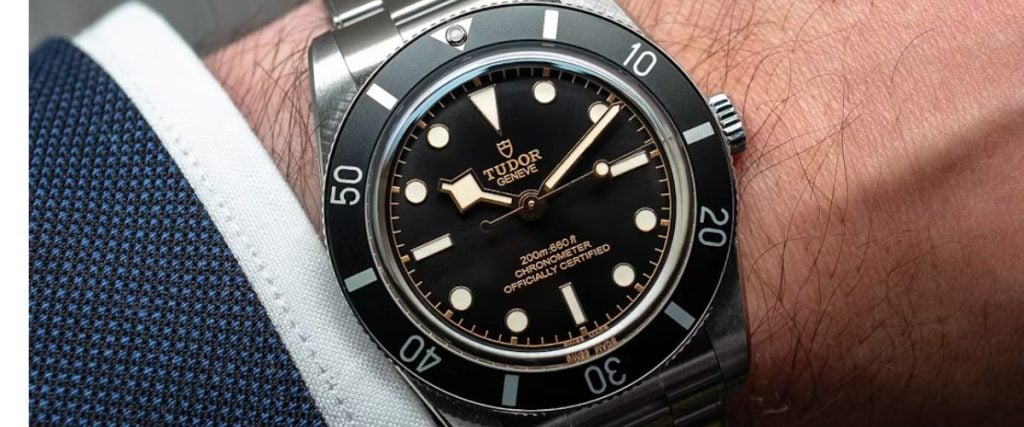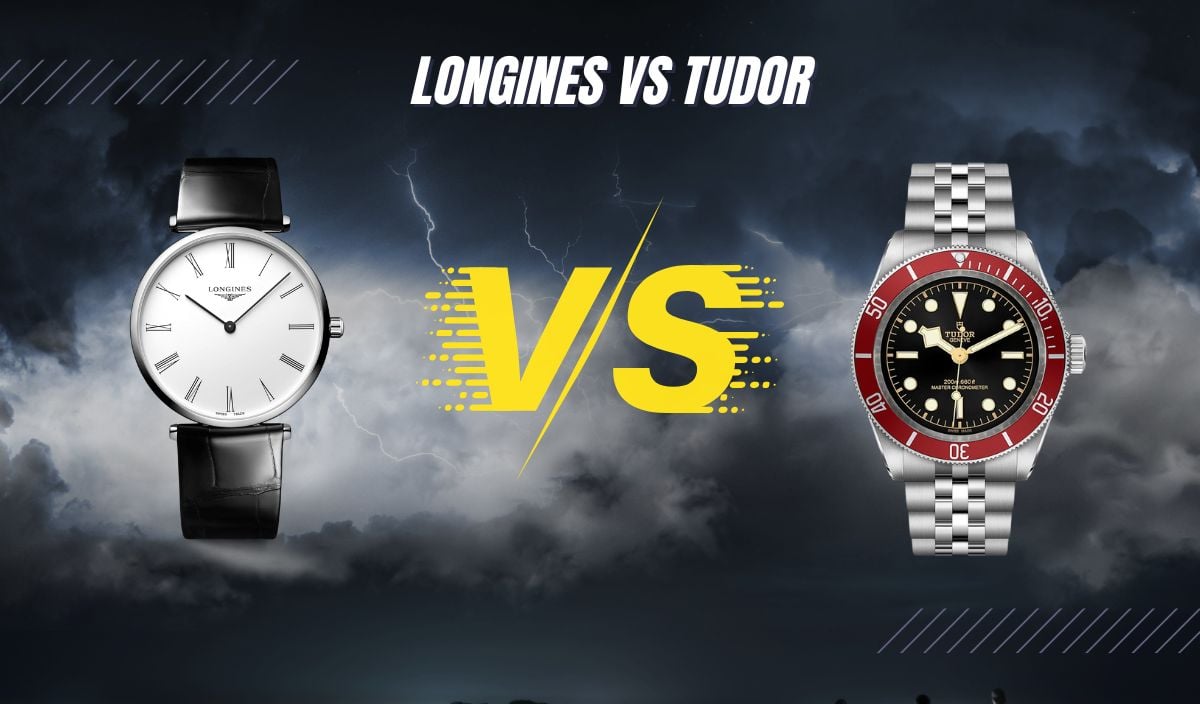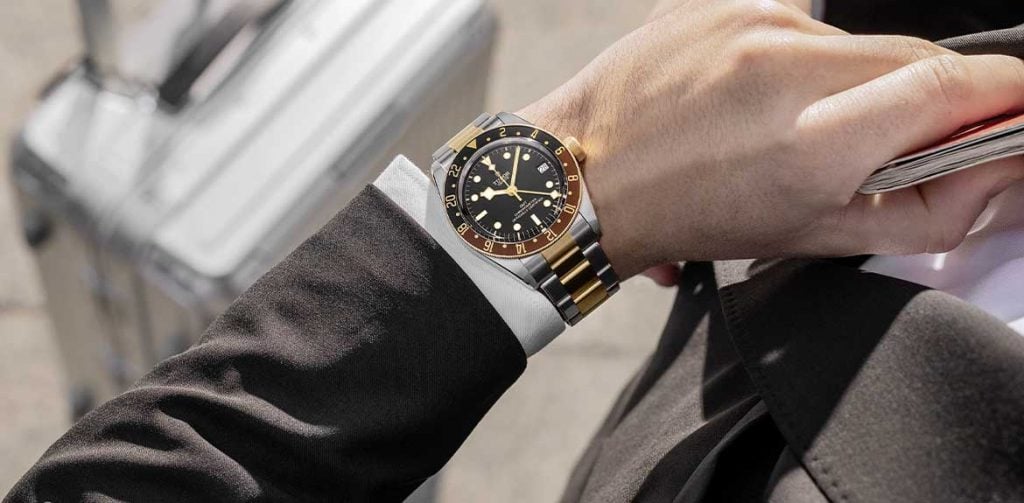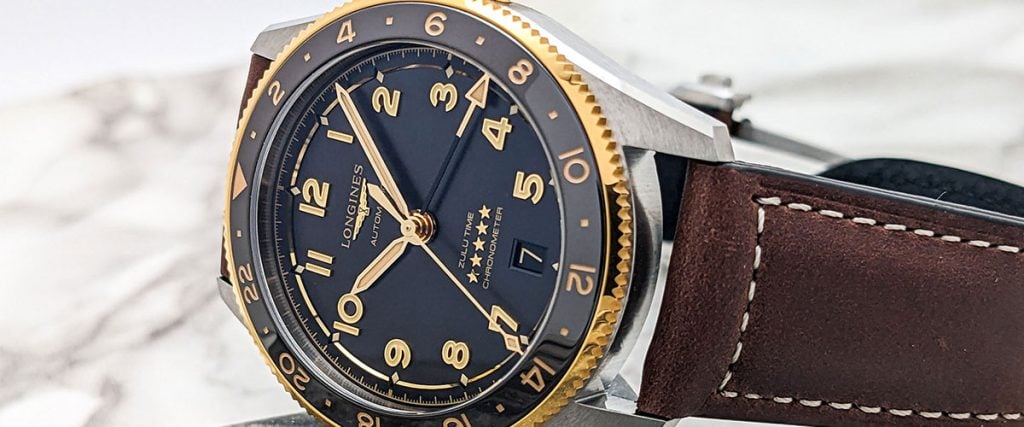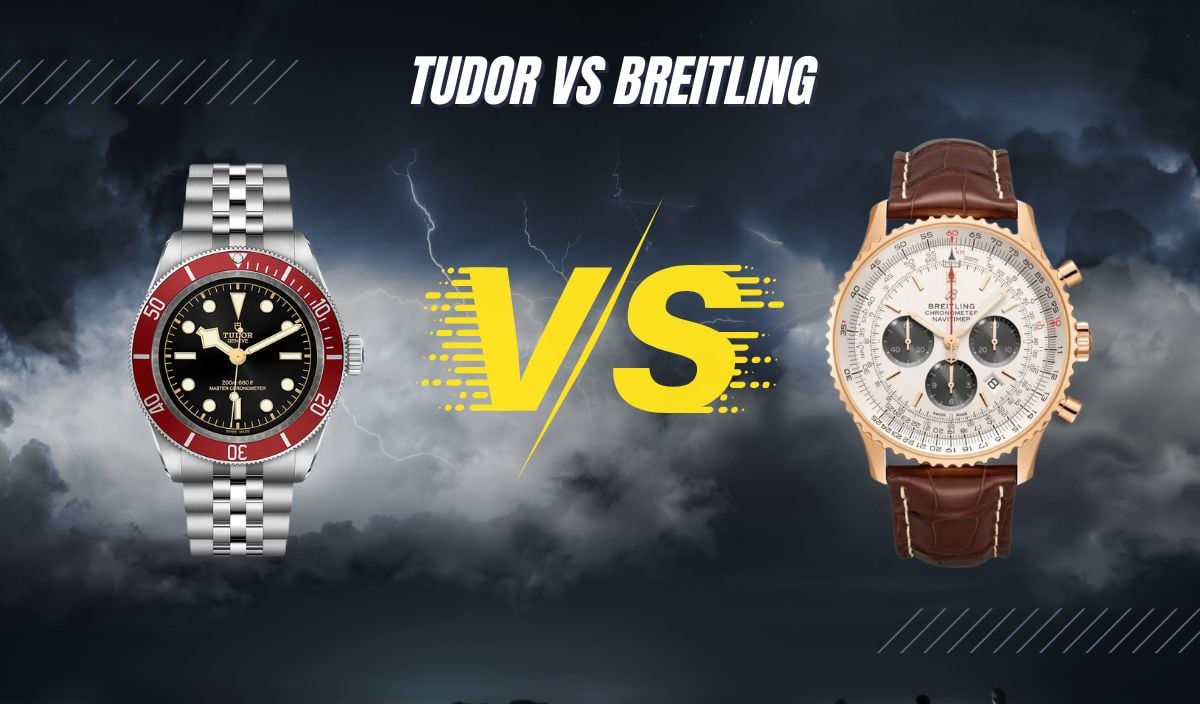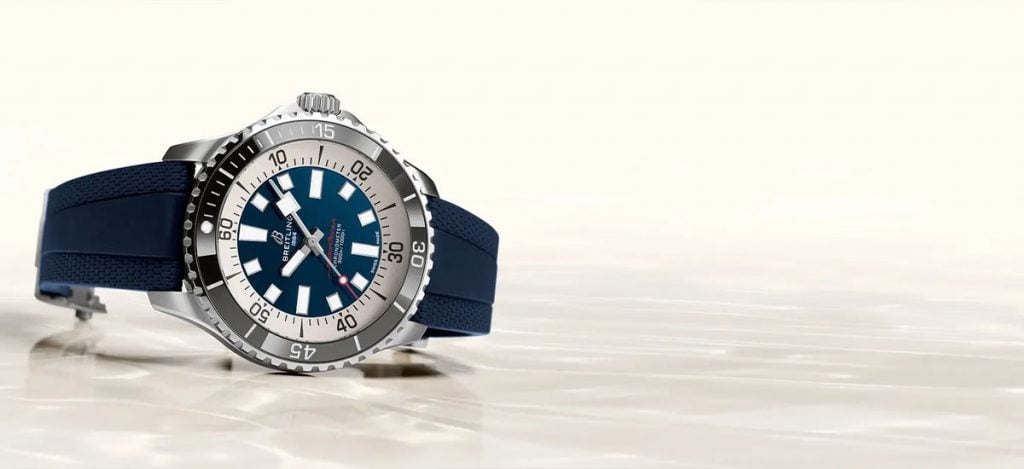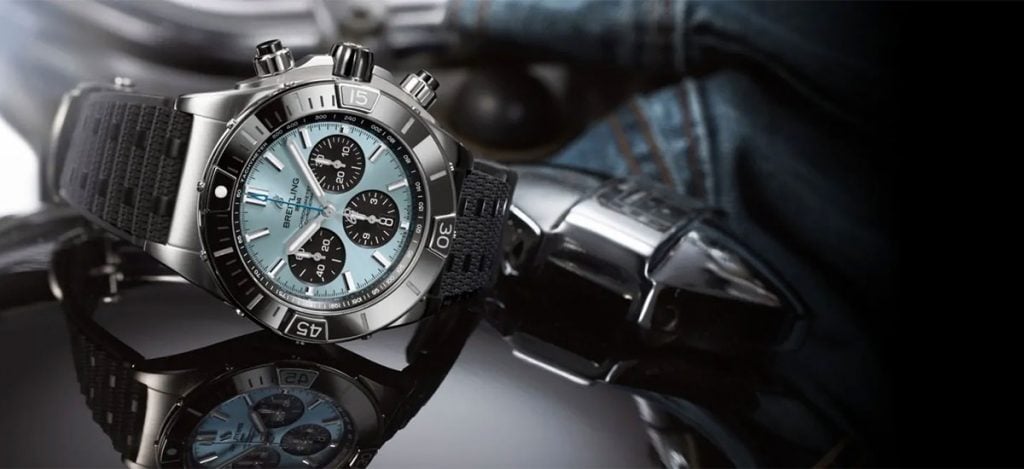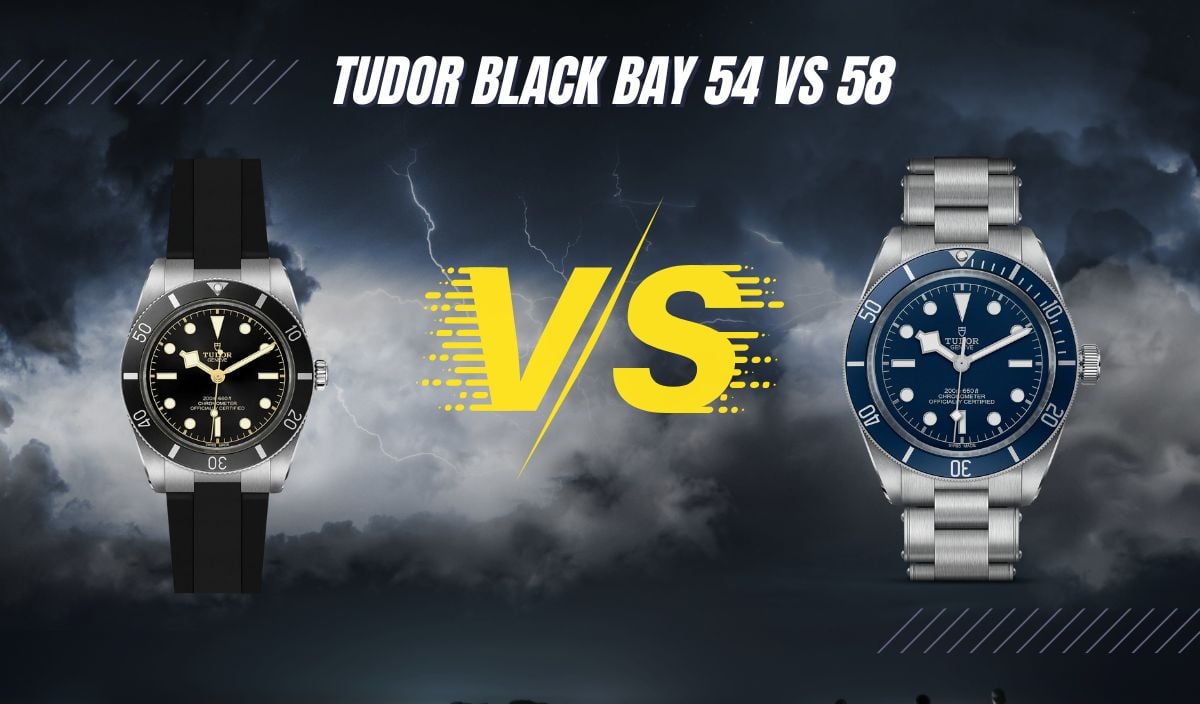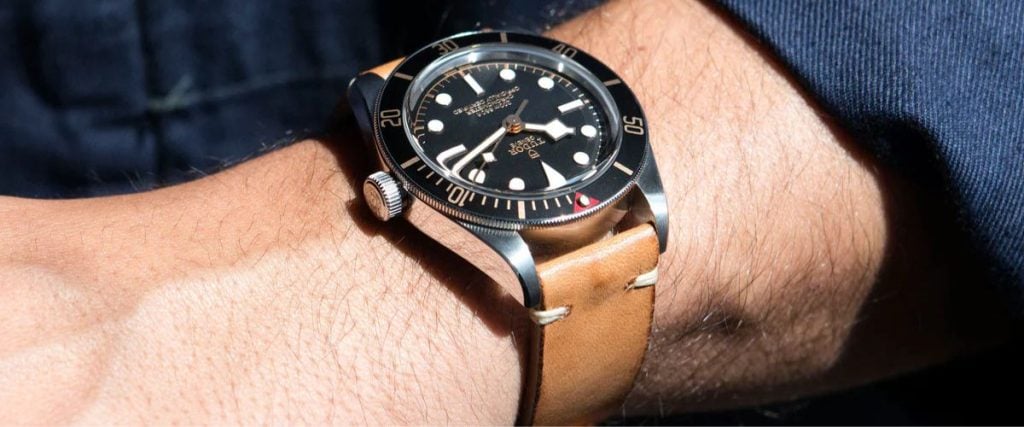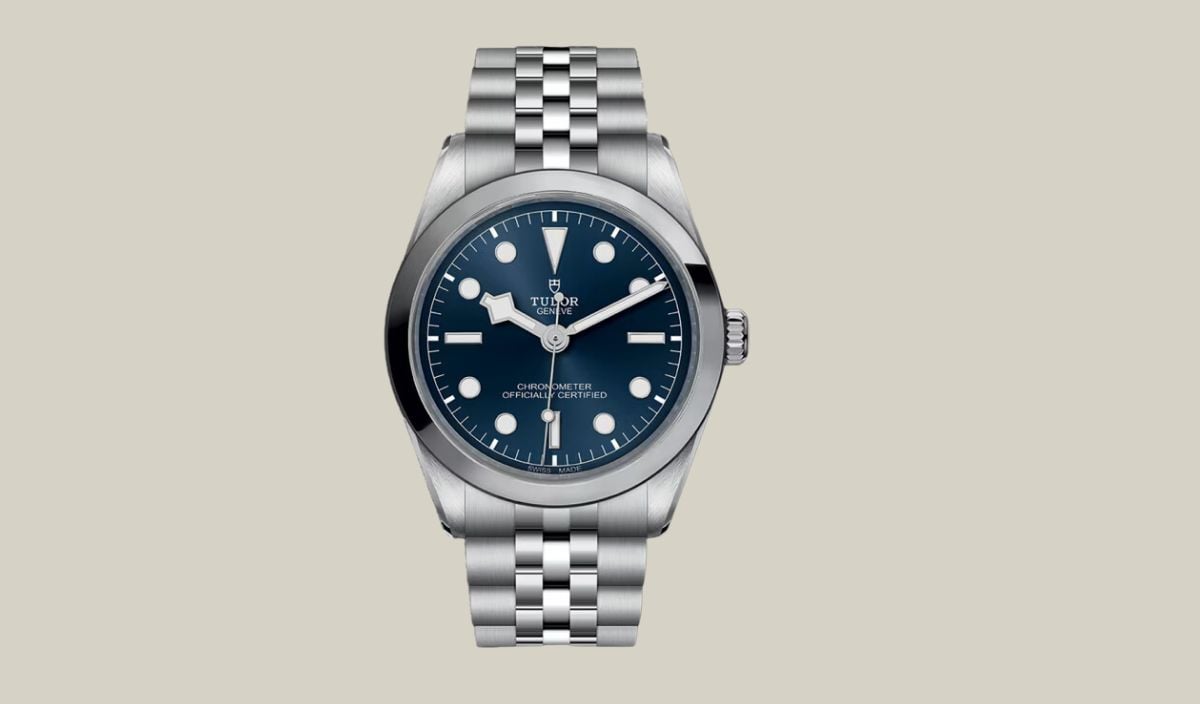
Tudor has a history of not getting the respect it deserves from the industry. In the ’90s, many viewed them as cheap Rolex copycats, often overlooking what they brought to the table and instead favoring other Rolex-like companies such as Seiko and Tag Heuer, which seemed to offer far more originality and unique characteristics to their pieces than anything Tudor was doing at the time. This ultimately led to the brand leaving the US in 1996.
In this article, we will be looking at how Tudor made their valiant return to the US after discovering themselves, particularly focusing on how the Black Bay became one of their most iconic pieces and is arguably the most sought-after Tudor on the market today.
History
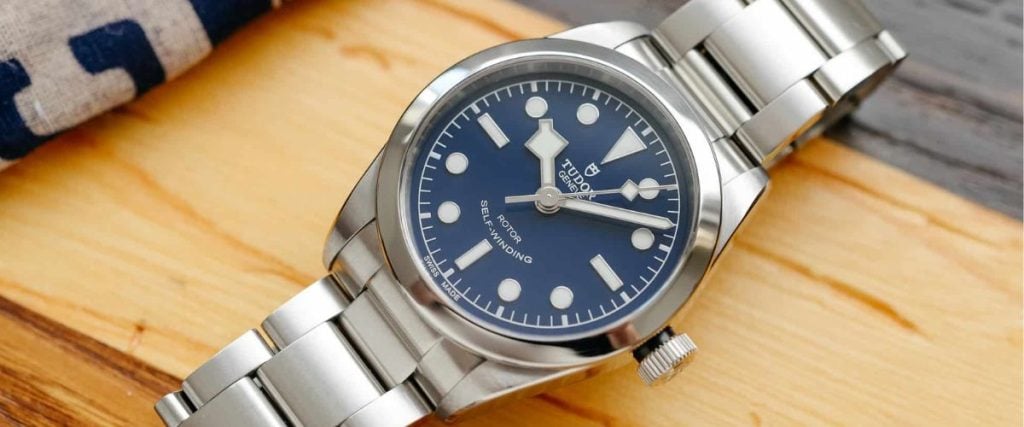
In 2013, Tudor returned to the US, this time straying away from copycats and perfecting their own designs, slowly evolving into the brand we know today. First introduced in 2017, the Black Bay 36 was originally offered in black, with a 41mm version alongside it.
Being part of the Black Bay line, neither of these pieces could match the water resistance found on the divers, but 150M deep is still more than enough resistance for the average wearer. Plus, people liked the Black Bay line for other reasons.
Eventually, the navy blue variant came into the spotlight in 2018 and was immediately looked upon with favorable nostalgia from those reminiscent of pieces like the Tudor Subs from the 70s and 80s. The 36mm version seemed to enthrall fans, sharing many similarities with 36mm Rolex’s but having just enough personality to give itself a well-respected name.
Getting a closer look at this watch was a treat, and I was left exceedingly impressed with the design choices Tudor made to set them apart from the competition.
While in the past, their originality might have been questionable, I think it’s safe to say Tudor has redeemed itself for previous errors by flipping the watch industry on its head and putting in the extra work to make themselves one of the most well-respected brands on the market.
Case
Every review I’ve seen of this watch raves about how this is one of the most well-balanced and properly proportioned cases of all time.
And I must say, after firsthand experience, I would have to wholeheartedly agree. While the Black Bay comes in three sizes (32, 36, 41), the 36mm is the true star of the show, which is what we will be focusing on today.
While I haven’t dealt personally with the two other sizes, the common consensus is that the 32mm is a tad cramped, and the 41mm is a bit spaced out, leaving the 36mm to find the perfect median.
It is worth pointing out that by today’s standards, 36mm is considered on the smaller side of sports watches, which may leave those of you with larger wrists with no other option. I have no doubt that the 41mm can satisfy all of your needs should that be the only size that fits; today, we are simply focusing on the 36mm in particular. So, let’s dive in.
The case features impeccable finishing, which really puts into perspective how much detail is intertwined with this piece. It has slab sides polished to effortlessly catch light and gleam like unblemished glass.
Being that it’s a thinner watch, the slab sides are proportioned to accommodate the rest of the sides and subtly do their part, taking extra care not to feel too clunky.
The crown breaks through the stainless steel surface, imposing itself as one of the signature trademarks of the Black Bay line. The rose logo is a subtle throwback to one of Tudor’s earlier heritage models, which plays on the nostalgic strings even more.
The fixed bezel comes highly polished and glistens brighter than the radial brushing of the lugs, reinforcing the aesthetic with a nice contrast.
The sapphire lens fits the bright polishing, shining just as bright under certain lighting conditions, causing the watch to shimmer on your wrist, and the closed case back keeps everything nice and tight, offering flawless protection.
Dial
Each dial color is beautiful in its own right, but the semi-gloss blue dial is extremely eye-catching. Again, like the sizing, the Tudor Black Bay finds the perfect median concerning the shade of blue—not too dark and not too light, seemingly transforming on the wrist when exposed to certain light.
The indices are slightly raised, standing 0.5mm tall, giving an extra layer of detail while highlighting the polished sides that also reflect light. The indices caught my eye because they are a mixture of shapes.
At the 12:00, there is a narrow triangle facing downwards; at the 3:00 6:00, and 9:00, slender rectangles disrupt the circular pattern, providing a unique sense of elegance and a nice geometric aesthetic that is extremely satisfying to look at.
Each index also comes equipped with a white lume that glows a low green in the dark, helping with nocturnal visibility. It also features a sapphire crystal up top, which pretty much guarantees that the Black Bay will not scratch under most conditions.
The “TUDOR” text is in a perfect position, not too large to steal any attention but just noticeable enough to give you something else to look at. Below, the “ROTOR SELF-WINDING” text is curved, which kind of looks like a little smiley face.
The elegant, snowflake hands sweep over all of this, combining a straightforward, slender minute hand with a diamond-shaped hour hand that’s a great deal fatter. The second hand is very subtle despite the diamond-shaped lume plot towards the tip.
I can understand how people tend to scoff at snowflake hands, but I feel they match the setting that Tudor is trying to create and stand out as one of the most dynamic features of this piece. In my opinion, it’s rare for snowflake hands not to hit the spot.
They are highly legible and fit the tone of this watch perfectly. Plus, they give a blocky feel that is actually quite charming to look at, complementing the geometric shapes of the indices.
Movement
The ETA 2824 movement powers the Black Bay. Today, most Tudor watches have shifted to in-house movement, but the Black Bay is one of the only remaining pieces that still uses an outsourced movement.
Tudor has actually modified the ETA 2824 to keep things as accurate as possible. The movements are regulated to COSC standards but do not go through the certification process, causing Tudor to slightly improve upon the original movement, allowing the Black Bay to tick at a resounding -1 sec/day.
Straps
I recommend choosing the oyster-style bracelet, though you can opt for the watch on a strap. Not only is the bracelet cheaper than going out and buying another strap, but it looks better, too. The fit and finish is excellent, mimicking the bracelet with brushed surfaces and flanked sides.
The strap starts at 19mm and finishes at 16mm when it meets the clasp. The clasp is fairly wide, measuring 17mm, and has a vintage-looking taper that makes the watch quite comfortable to wear.
The Tudor shield shines on the back of the clasp with three positions for micro-adjusting the bracelet. While researching what others thought of this piece, I noticed a common theme of people being a little annoyed with how few fitting options there are.
19mm is a fairly uncommon size, so you may end up searching for bracelets that accommodate your wrist more comfortably. It’s also worth pointing out that the Tudor does not currently offer a half-link option for the Black Bay, making the search for perfect comfort a little more complicated.
Of course, this is a minor complaint. The curves of the bracelet and case still make for a smooth fit, so, depending on your wrist size, you may suffer no problems at all.
On Wrist Experience
To put it frankly, this watch is a delight to wear. It’s not perfect—nothing is—but it’s going to be difficult to find anyone with any major complaints.
Some advice I will give is that if you have a wrist smaller than 6.5 inches, you will have virtually no problems at all finding a perfect fit, but those of you with significantly larger wrists may need to size up. The oyster case (in most instances) guarantees an esteemed level of comfort, and—I’ll say it again—the proportions are genuinely some of the best I’ve ever seen.
People will undoubtedly be drawn to the watch’s slim measurements, but to call this watch slim itself feels wrong.
It manages to do something I’ve never seen before; it disguises itself as a thinner, more luxurious watch, but on the wrist, it makes its presence known in the best of ways, coming alive as a true dive watch.
What Tudor does is combine all the intricate details and measurements with a simple yet effective aesthetic, giving their wearers quite the surprise when they find out the Black Bay offers so much more than they previously thought. Numbers don’t always give the full picture.
The 36mm strikes a perfect balance between elegance and sportiness, securing a spot in Tudor’s collection as a truly timeless piece.
The Black Bay essentially resides on two different sides of the spectrum. On one end, it oozes in comfort and elegance, making it the perfect watch for any formal occasion. On the other hand, it is a true dive watch, dubbing it fit for day-to-day wear with authentic utilitarian roots.
This gives us (once again) a perfect combination. Realistically, you never have to take this watch off, no matter where you go. It’s not one of those fragile pieces that you always have to worry about getting damaged, nor is it one of those clunky bricks that are virtually indestructible but look like an entire cinder block on your wrist.
The theme for the Black Bay seems to be finding the perfect median, and it has truly impressed me with how much it was able to do just that.
Pricing
You can find the Tudor Black Bay 36 from Tudor authorized dealers, like Exquisite Timepieces. We only ship to the US and are authorized dealers, ensuring a 5-year warranty directly from Tudor. A brand new Black Bay 36 can be picked up for $4,050 USD. Pre-owned pieces usually range from 3 to 4k, depending on the condition of the watch.
Conclusion
This watch is beautiful; it fits great, and its versatility allows for constant wear, which is great when considering the price of watches like these. Tudor has indeed come a long way since departing the American market in 1996.
They have forged a new name for themselves, one that is now known for creative, original pieces that not only stand out in and of themselves but define the respective genre they belong to. In my opinion, the Black Bay is a perfect introduction to luxury timepieces.
Relatively cheap compared to other watches in the market, I would consider the Black Bay a jack of all trades and pretty much guarantee that anyone who at least respects the watch world will find something they adore on this piece.
Tudor is one of the most consistent brands of the modern day. With how much they had to go to get to where they are, it’s going to be difficult to find a piece that falls short of the standard they have set for themselves.
The Black Bay is a treasure, and some already consider it a classic, but as the years go on, this piece will undoubtedly take its rightful place in history books as one of the most appealing watches of all time.


